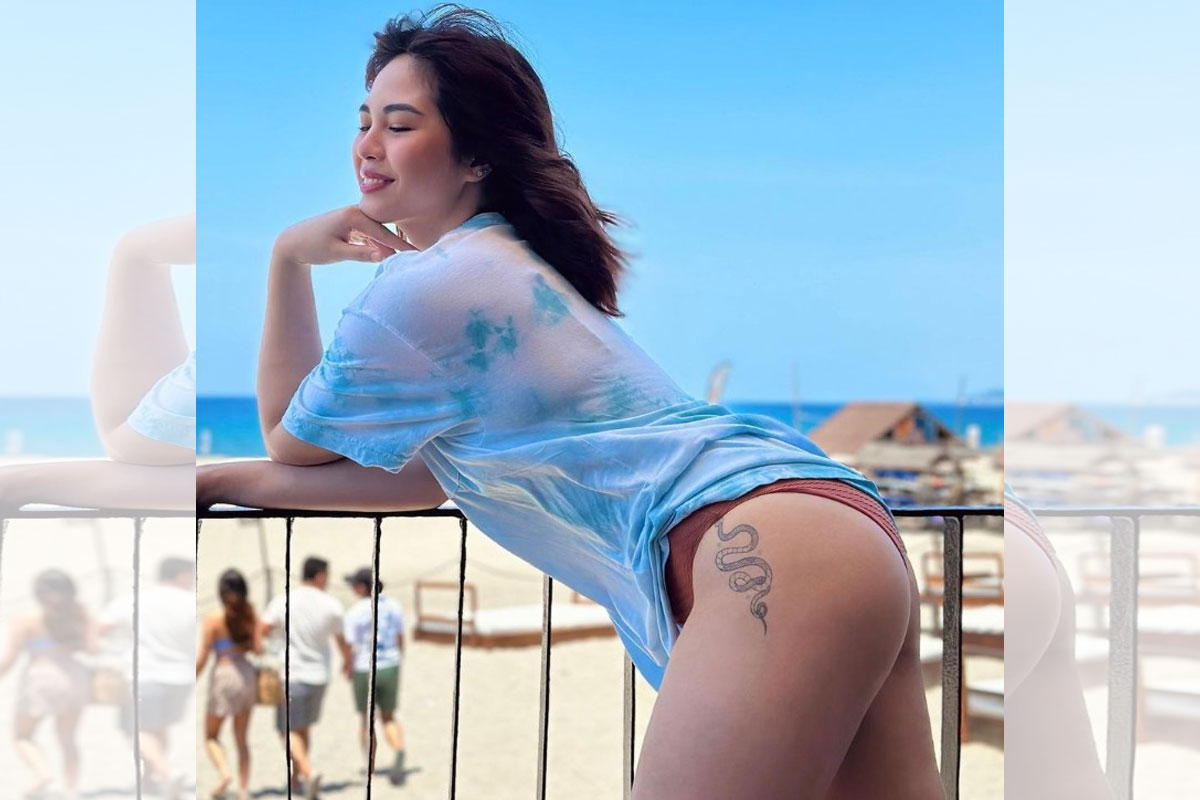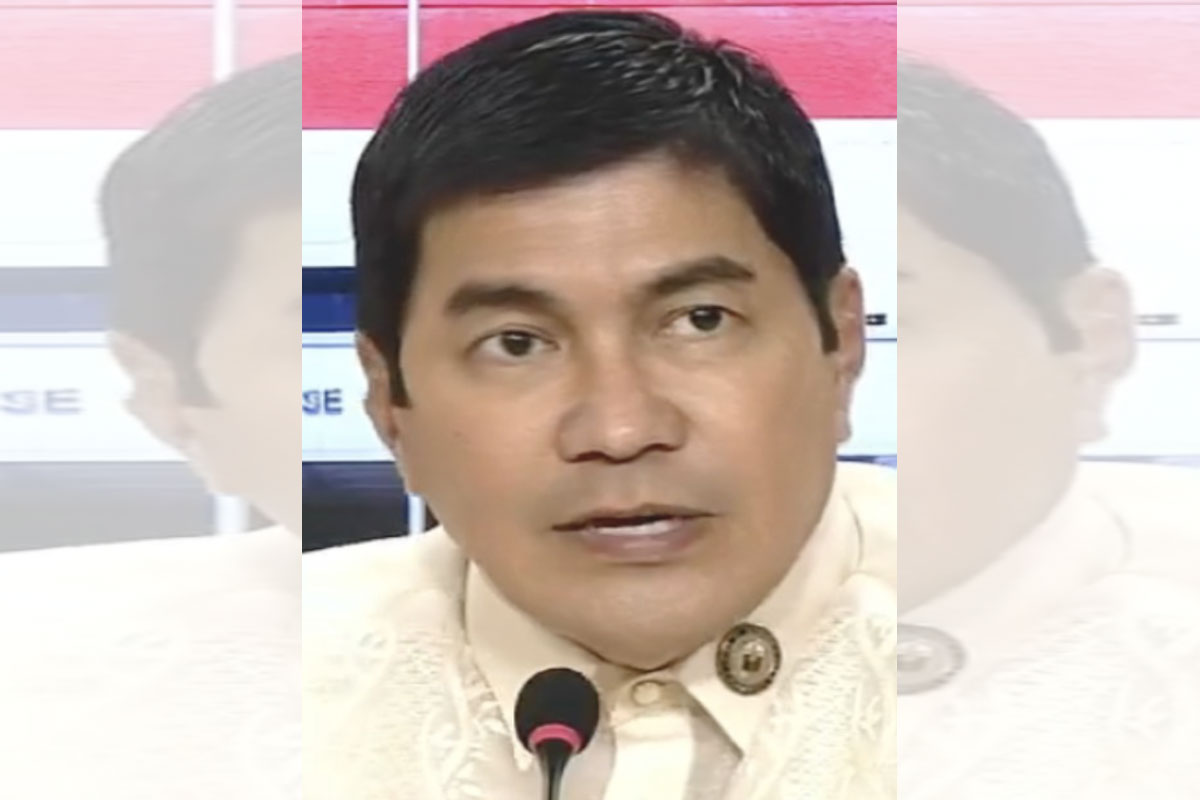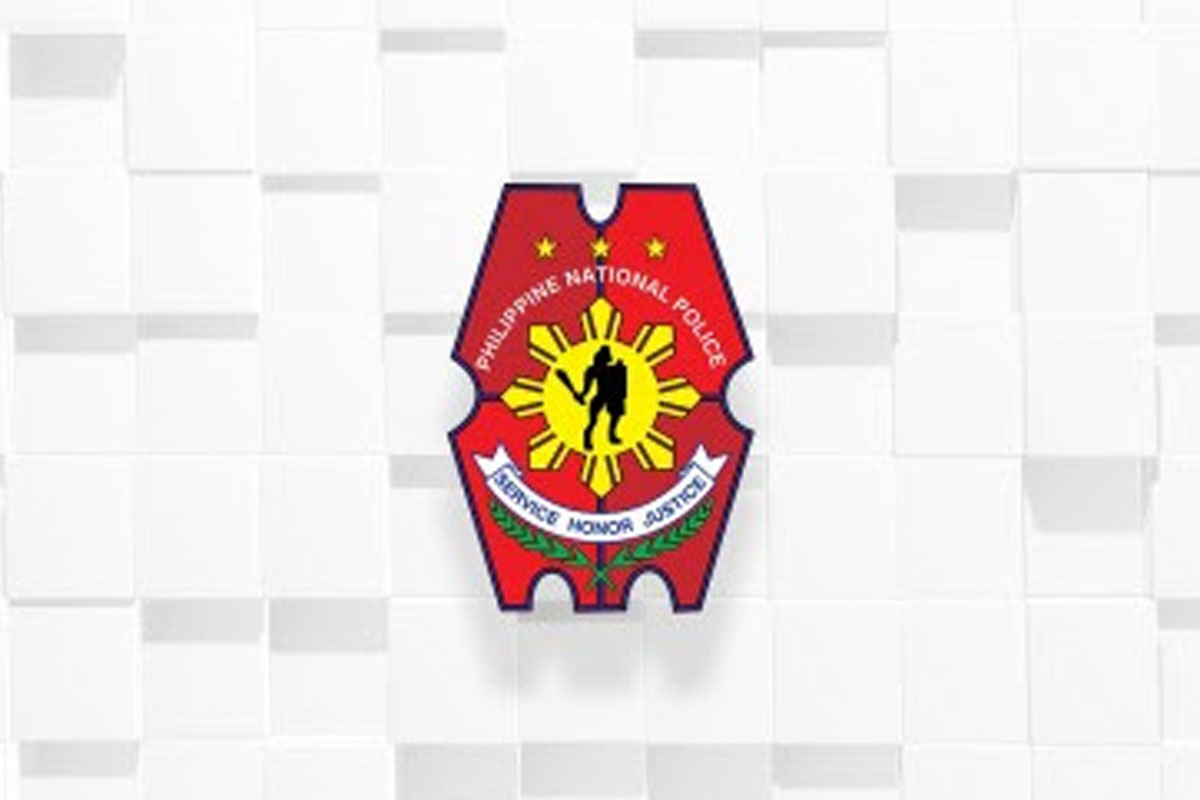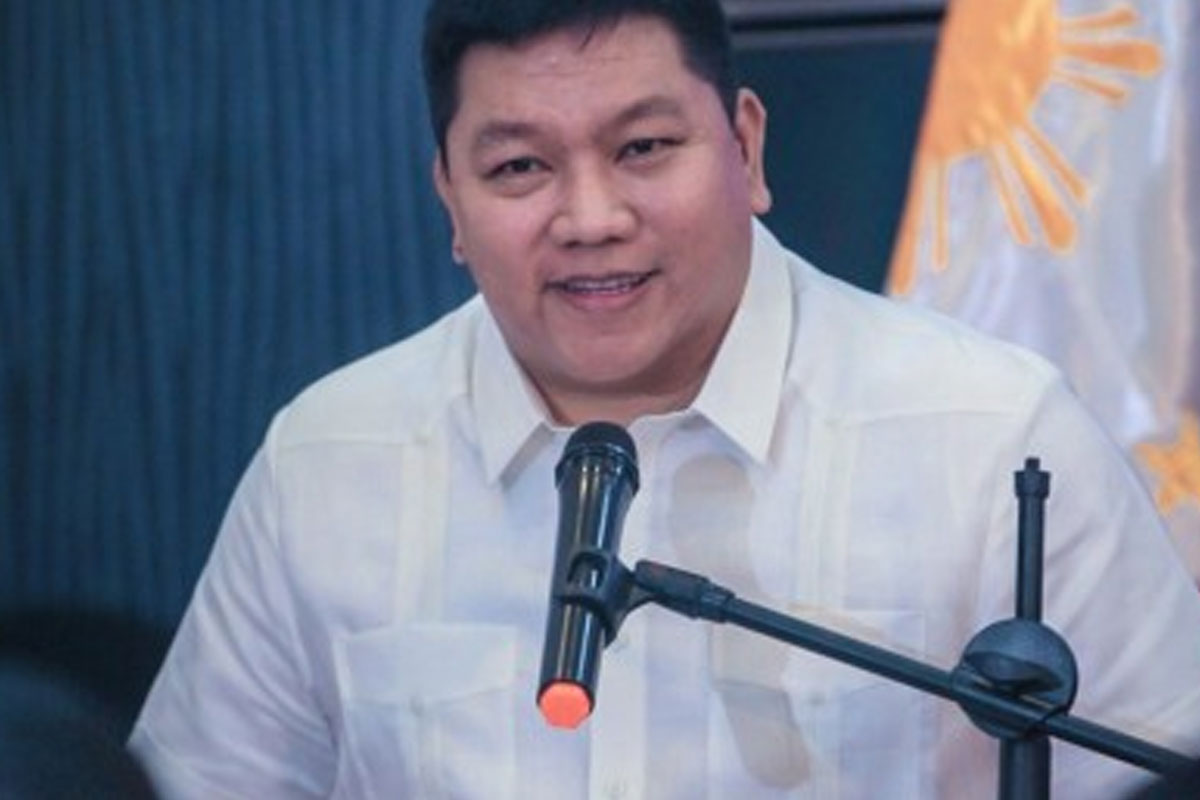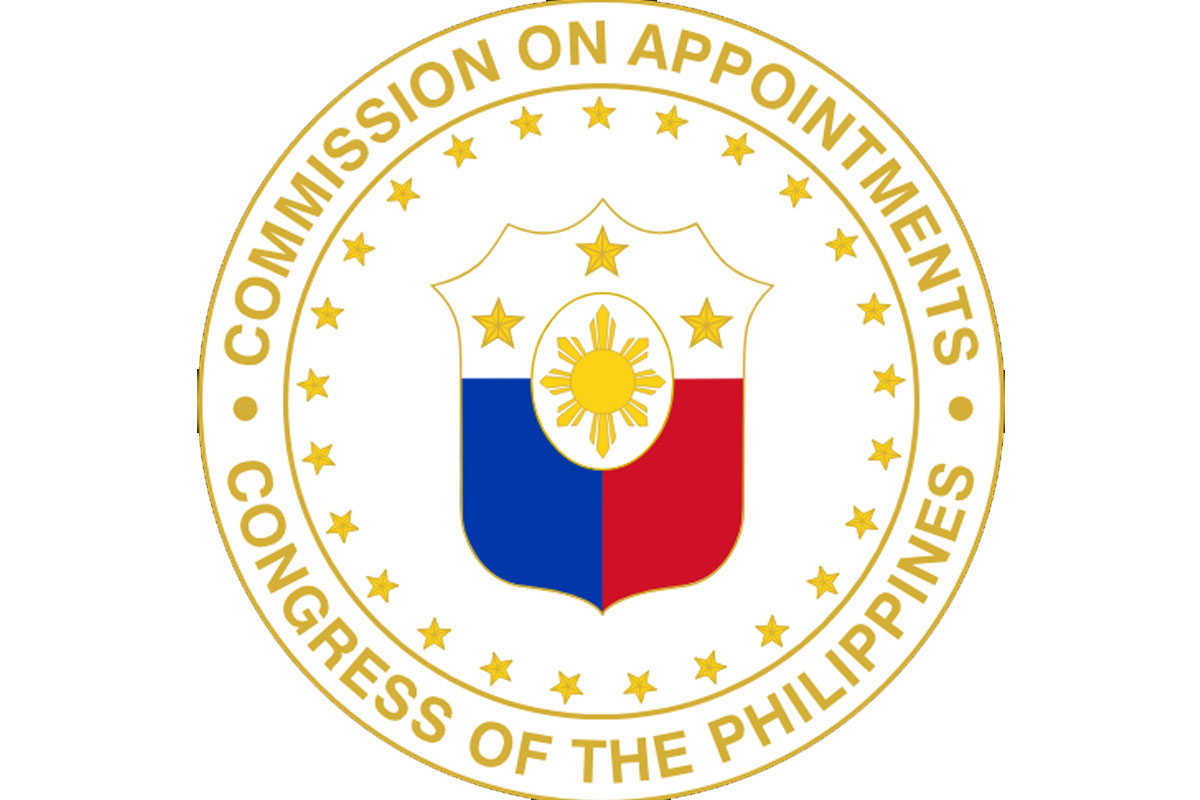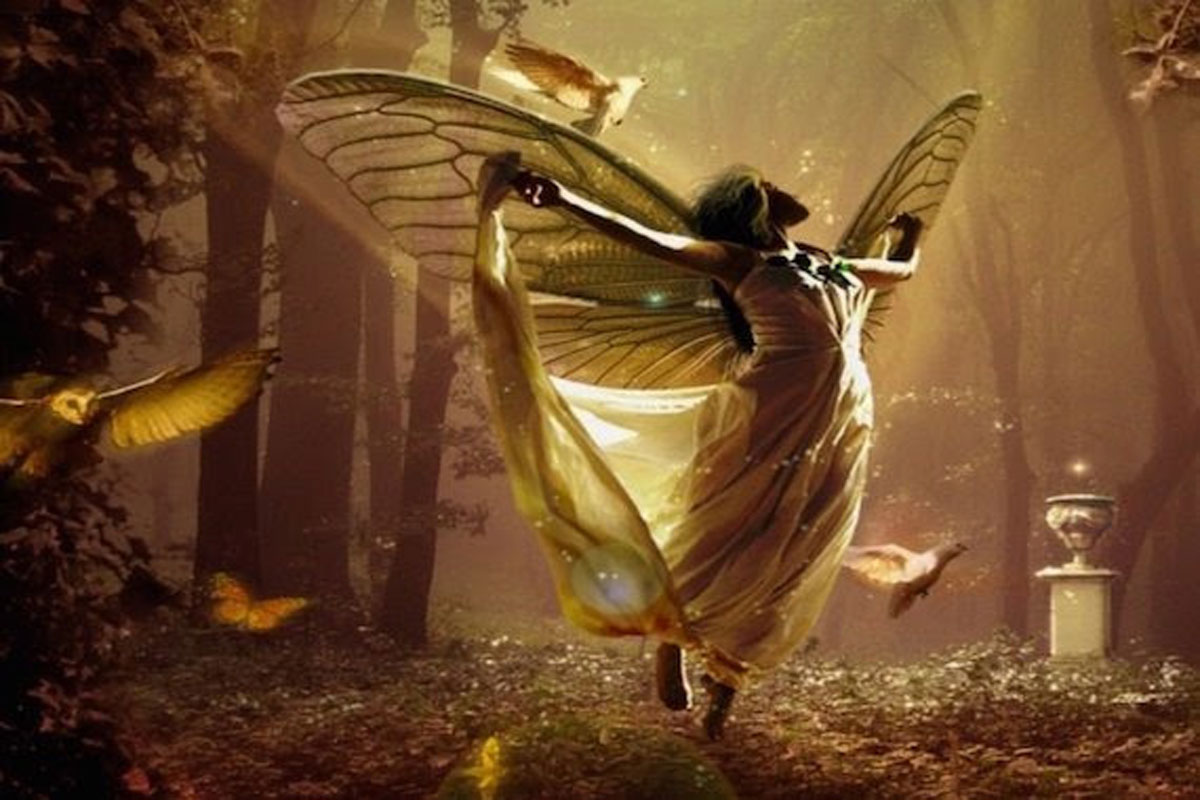
The Weird Case of the Cottingley Fairies
Brent Swancer February 20, 2022
The world of cryptozoology, indeed of the paranormal, Forteana, and world of the weird in general, is so littered with photographic and video hoaxes that they have forever poisoned the viability of such evidence within the field. Indeed, photographs have become nearly useless as evidence in cryptozoology, any potentially genuine photos lost within a quagmire of phonies and fakes. While the ready availability of cameras and ever progressing technological tools at a hoaxer’s disposal have made such hoaxes more widespread and convincing than ever before, this is by no means a new phenomenon. Indeed, one of the earlier photographic hoaxes can be traced back to the early 1900s, when a pair of young girls would come forward with a set of remarkable photographs that would capture the public imagination and take the world by storm, going on to become some of the most recognizable photos in the world at the time and one of the most famous photographic hoaxes of all time.
The story behind what would become known as the Cottingley Fairy photos begins in 1917 in Cottingley, in West Yorkshire, England, where 9-year-old Frances Griffiths and her mother lived with her aunt and uncle while her father was off in a faraway land fighting in World War I. Frances liked to go off and play with her 16-year-old cousin, Elsie Wright, as young girls are wont to do, and one of their favorite places to go was a stream nearby the garden. This was much to the consternation of their mothers, because Elsie and Francis often came back soaking wet and covered with mud. They were explicitly told not to keep going back to the stream and play somewhere else, and when one day they came back home from a day of playing dripping wet yet again, the mothers confronted them to ask why they had gone back to the stream to play. Their answer was probably not what either of the two women had been expecting.
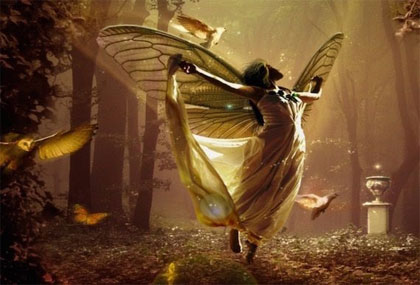 The girls told their mothers that the reason they kept going back to the stream was to see the fairies that lived there. Perhaps unsurprisingly, their mothers did not believe this at all, but the girls were adamant that fairies did indeed live and frolic there, and Elsie proclaimed that they could prove it if they were allowed to borrow her father’s camera to take pictures of them. Elsie’s father decided to humor them, and lent the camera to the girls, not really expecting anything to come out of it and just thinking of it as more fanciful play. The girls went off and returned around an hour later, saying that they had indeed managed to capture photographic evidence of their encounters with the alleged fairies. Since Mr. Wright was an avid photographer with his own dark room, he was able to quickly develop the photograph himself, and it showed something decidedly peculiar indeed.
The girls told their mothers that the reason they kept going back to the stream was to see the fairies that lived there. Perhaps unsurprisingly, their mothers did not believe this at all, but the girls were adamant that fairies did indeed live and frolic there, and Elsie proclaimed that they could prove it if they were allowed to borrow her father’s camera to take pictures of them. Elsie’s father decided to humor them, and lent the camera to the girls, not really expecting anything to come out of it and just thinking of it as more fanciful play. The girls went off and returned around an hour later, saying that they had indeed managed to capture photographic evidence of their encounters with the alleged fairies. Since Mr. Wright was an avid photographer with his own dark room, he was able to quickly develop the photograph himself, and it showed something decidedly peculiar indeed.
The photograph showed Frances behind a bush in the foreground, upon which a group of fairies seemed to be dancing and cavorting about. Wright was skeptical to say the least, and accused the girls of using some sort of trickery to make the picture, perhaps by using cardboard cutouts. The girls insisted that the photograph was genuine and that they would take more. Two months later, the girls yet again managed to take a picture of Elsie with what appeared to be some sort of fairy-type gnome. Again Wright accused the girls of pulling a mischievous prank, saying that it was merely a paper cutout, or that they had tampered with his camera in some way, and forbidding them from using the camera again. However, throughout all of this, his wife, Polly Wright, believed the girls’ story and thought that the photos were the real deal. This was perhaps not surprising, as Mrs. Wright was a follower of a spiritual and philosophical movement called Theosophy, which among its beliefs was the idea that fairies and other nature spirits existed.
In 1919, Mrs. Wright attended a lecture by the Theosophical Society in Bradford, in which the topic was fairies. It was here where Mrs. Wright would show everyone present the pictures that her daughter and niece had taken, and they were seen as genuine by those who looked at them. In fact, the photographs were so impressive at the time that the speaker of the lecture decided to have them looked at by the prominent leader of the Theosophy movement himself, an Edward Gardner. The negative glass plates of the photos were then turned over by Gardner to a photographic expert by the name of Harold Snelling for analysis. Snelling would come to the conclusion that the photographs were indeed genuine, showed no signs of tampering, and even had a slight blurring around the figures that seemed to suggest that the creatures had actually been moving when the photos were taken. He would say of the photos:
The two negatives are entirely genuine, unfaked photographs with no trace whatsoever of studio work involving card or paper models. This plate is a single exposure. These dancing figures are not made of paper nor any fabric; they are not painted on a photographic background-but what gets me most is that all these figures have moved during the exposure. These are straight forward photographs of whatever was in front of the camera at the time.
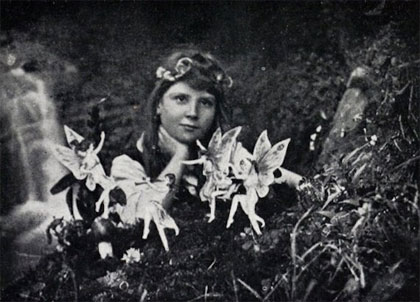 With this claim of authenticity by a renowned expert of photography, the popularity of the photographs really took off, and they captured the imagination of the public, especially among spiritualists. One person who was particularly impressed by the photographs was the author Sir Arthur Conan Doyle, of Sherlock Holmes fame, who was also an avid spiritualist, and would go on to use them to illustrate an article he had written on fairies for The Strand Magazine, convinced that they showed conclusive proof of fairies. Along with the Theosophy leader, Gardner, Doyle submitted the photographs to experts at the camera company, Kodak, for a second expert analysis. The Kodak technicians came to the conclusion that, although the photos showed no signs of tampering or being hoaxed, they nevertheless did not necessarily constitute proof that fairies existed, and refused to issue a certificate of authenticity. Frustrated, Doyle had the photographs analyzed by another company, Ilford, who came to the contrary conclusion that there most certainly were signs of tampering.
With this claim of authenticity by a renowned expert of photography, the popularity of the photographs really took off, and they captured the imagination of the public, especially among spiritualists. One person who was particularly impressed by the photographs was the author Sir Arthur Conan Doyle, of Sherlock Holmes fame, who was also an avid spiritualist, and would go on to use them to illustrate an article he had written on fairies for The Strand Magazine, convinced that they showed conclusive proof of fairies. Along with the Theosophy leader, Gardner, Doyle submitted the photographs to experts at the camera company, Kodak, for a second expert analysis. The Kodak technicians came to the conclusion that, although the photos showed no signs of tampering or being hoaxed, they nevertheless did not necessarily constitute proof that fairies existed, and refused to issue a certificate of authenticity. Frustrated, Doyle had the photographs analyzed by another company, Ilford, who came to the contrary conclusion that there most certainly were signs of tampering.
Undeterred and encouraged by the positive initial assessments by Snelling and Kodak, Doyle and Gardner continued their investigation. Although Doyle became held up by preparing for a lecture he was to give in Australia, Gardner went to speak with the Wrights personally in 1920. The father, Mr. Wright, explained that he had originally been so convinced that the phots were faked that he had thoroughly searched the girls’ rooms for any evidence of the cutouts he was certain had been used, but found no trace of any such trickery. The girls stuck by their story, and Gardner came to the conclusion that the two were telling the truth. He subsequently provided them with advanced cameras and told them to take further photographs of the fairies with someone else present as a witness, but the girls claimed that the fairies would not show up if anyone but them was there. The two went off on their own and ended up capturing three more pictures of the fairies; one showing a winged fairy fluttering by Frances’ nose, another showing one perched upon a branch apparently offering a flower to Elsie, and the last one of the fairies with some sort of sheath or cocoon. Doyle was convinced that the photos were real, at one point proclaiming:
The recognition of their existence will jolt the material twentieth century mind out of its heavy ruts in the mud, and will make it admit that there is a glamour and mystery to life. Having discovered this, the world will not find it so difficult to accept that spiritual message supported by physical facts which has already been put before it.
In 1921, Doyle wrote a follow-up article to his first, in which he further talked about the sightings made by Frances and Elsie, and expounded on how fantastic the photographic “proof” was. He would further go on to write a whole book about it, called The Coming of the Fairies, in 1922, completely obsessed with the idea that fairies existed. The new pictures once again became popular among the public, although they were met with mixed reactions. While some were thoroughly convinced that they showed actual fairies, there was a fair number of critics as well, who pointed out a variety of problems with the photographs, such as the fact that they looked just like the popular image of fairies from fairy tales, that they were always dressed in the latest fashions, and the more obvious observation that they just looked a lot like two dimensional pieces of paper. Nevertheless, there were many who were enthralled by the photos and the girls’ accounts, and who believed them without question. In the meantime, Gardner went back to the Wright house again, this time with a psychic by the name of Geoffrey Hodson, who claimed that he could also see the fairies everywhere, although no new pictures were taken.
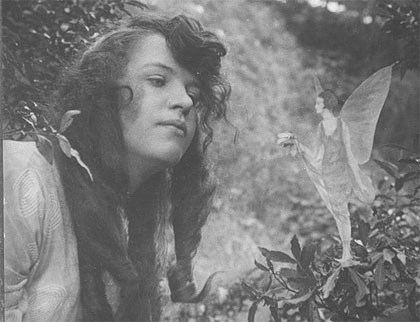 Despite the intense interest and debate swirling around the Cottingley Fairy photographs, their popularity began to wane, and Elsie and Frances grew up to live abroad and get married, their fairy days apparently behind them. That was until 1966, when a reporter from the Daily Express newspaper tracked Elsie down and asked her about the whole fairy phenomenon. This was when the first hints of an admission of a hoax would become evident, as Elsie admitted that the fairies just may have been figments of her imagination, although she still maintained that she could have somehow projected her thoughts and captured them on film. The resulting article sparked media interest once again, and despite interviews and scrutiny both Frances and Elsie for years continued to stick by their claim that the photographs were not faked. The uncertainty and debate would continue to swirl for over another decade before any conclusive answer was reached.
Despite the intense interest and debate swirling around the Cottingley Fairy photographs, their popularity began to wane, and Elsie and Frances grew up to live abroad and get married, their fairy days apparently behind them. That was until 1966, when a reporter from the Daily Express newspaper tracked Elsie down and asked her about the whole fairy phenomenon. This was when the first hints of an admission of a hoax would become evident, as Elsie admitted that the fairies just may have been figments of her imagination, although she still maintained that she could have somehow projected her thoughts and captured them on film. The resulting article sparked media interest once again, and despite interviews and scrutiny both Frances and Elsie for years continued to stick by their claim that the photographs were not faked. The uncertainty and debate would continue to swirl for over another decade before any conclusive answer was reached.
In 1978, the magician and skeptic James Randi mentioned that the fairies in the Cottingley photographs were uncannily similar in appearance to those found in the children’s book called Princess Mary’s Gift Book, which had been popular in 1915, just before the first photographs had been taken. Randi also further examined the photographs with a team from the Committee for the Scientific Investigation of Claims of the Paranormal, and found that there was clear evidence of strings holding up the fairies and even holes in what seemed to be cutouts. Even so, some people continued to believe that the photos might be real. It was not until the early 1980s that Frances and Elsie would finally confess to hoaxing the photos by using cardboard cutouts from the children’s book and fashioning wings for them, after which they were suspended by hatpins. After the photos were taken, they had disposed of the evidence in the stream. When asked why they had kept quiet about the hoax for so long, they explained that it was because they had felt bad about fooling the esteemed author Sir Arthur Conan Doyle, and did not want to embarrass him. In the end, neither one of them had seemed to have expected the prank to go as far as it had, and expressed bafflement as to why the photos were so widely accepted and believed, despite being what they felt were obvious fakes. Bizarrely, even though they both agreed that the first four photos were faked, they disagreed on the fifth one, with Elsie saying it too was a hoax while Frances maintained that that one was real. Also odd was the fact that although they admitted to faking the photographs, they both still claimed that they had actually seen the fairies.
Looking at the infamous Cottingley photographs now, it is really hard to imagine how anyone could possibly even consider that they could be real. They are, quite frankly, obvious pictures of cardboard cutouts, with the holes and pins even visible in some cases. These are the type of photos that would immediately earn a unanimous, thundering “FAKE!” if presented now. Yet it must be understood that back when they were first circulated was an era when photography was still a relatively new technology, and people were not as used to seeing them or analyzing them as they are now, with the idea of faking photos being far from anyone’s mind. How they were still being talked about as possibly real into the 1970s and even 80s is anyone’s guess. Regardless, as obviously fake as the photographs may seem today in retrospect, they represent one of the longest running hoaxes in history.
MU*




